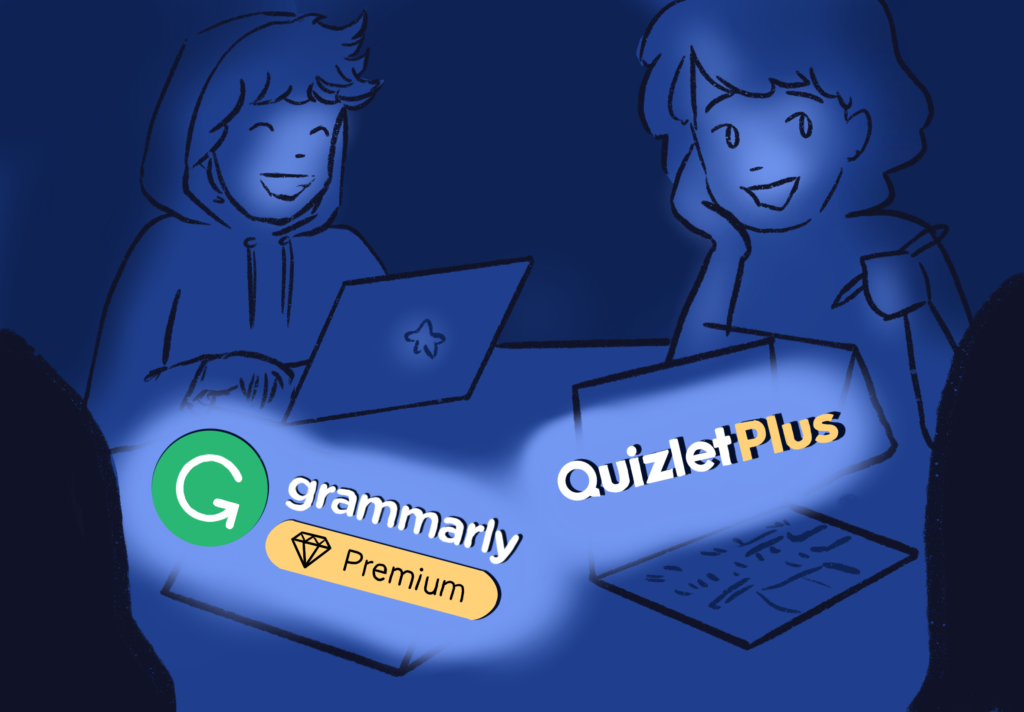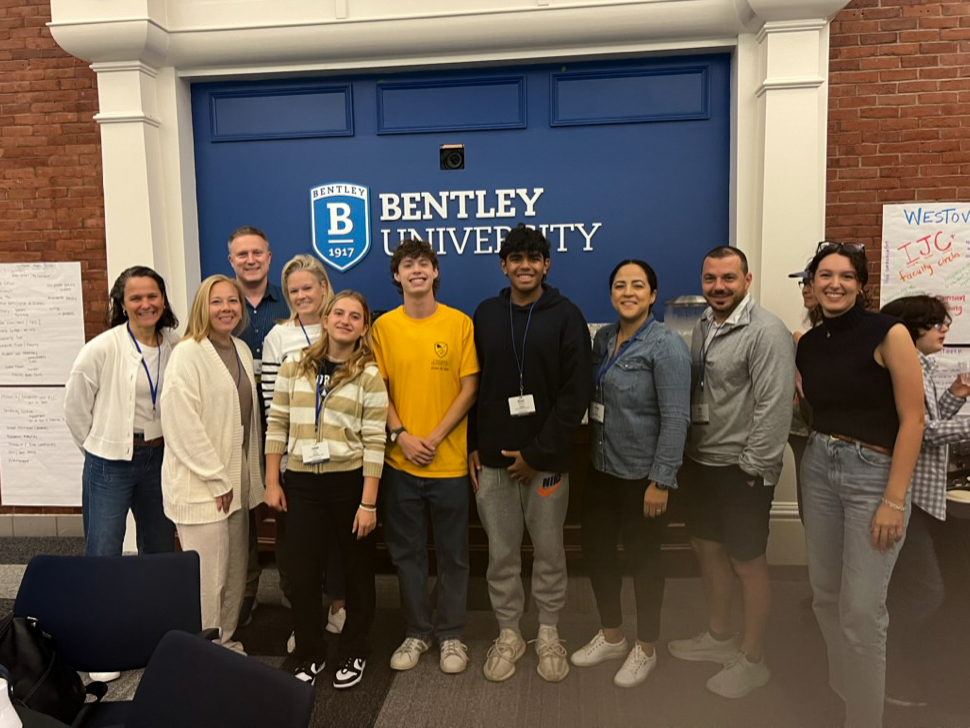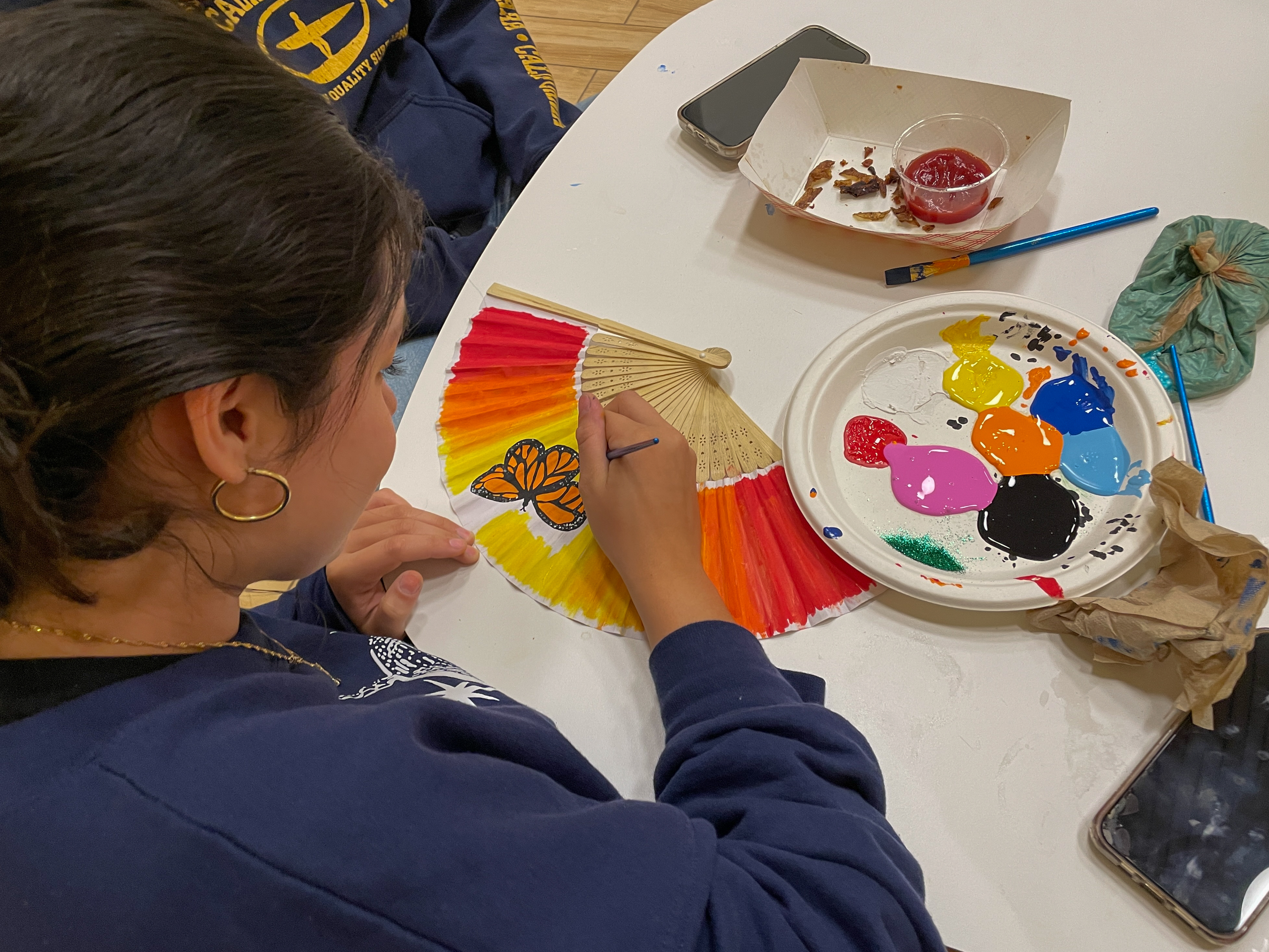
The journalism class will embark upon its second year in 2016-17 with a new name: Journalism and Nonfiction Storytelling.
Recently, the school has added several new courses to the curriculum, many of them interdisciplinary in nature. For example, some of the courses added recently are AP Journalism, Topics in Engineering, and Cognitive Neuroscience. Other new courses will be added next year as well: a history class called Colonial Latin America and another class called Twentieth-Century African History.
The Process of Creating a New Course
Although the number of new courses has surged in the last few years, the process of adding a class to the course catalogue requires considerable work on the part of teachers and department heads. According to Director of Curricular Initiatives Dr. Katharine Jewett, a teacher who has an idea for a new course must first talk to their department head, then draft a formal course proposal over the summer, which includes a title, description, explanation for how it supplements or replaces any current offerings, a syllabus, and potential list of texts. In the fall, the department heads evaluate the proposal and then decide whether the class should be added to the curriculum.
Despite the numerous steps within the process, Mr. Yaser Robles, a teacher in the HPRSS department, commented on the surprising efficiency of approving his Colonial Latin America course, which will run in the 2016-2017 school year. “I am very impressed with the openness of the department and how much they want to diversify the curriculum. The support is incredible. One of the beauties of teaching in this department is that you have people with different specialties, so you can share ideas with them, and you’re given the freedom to be creative. I think the whole point is to make teaching interesting and fun and to use as many different tools as possible to engage students in a variety of topics,” he said.
Ms. Emily Lovejoy, the third form girls’ dean and a biology teacher, also found the process relatively easy. She is teaching a biology and psychology elective called Cognitive Neuroscience this spring with Ms. Tianlin Ford, a psychology and Chinese teacher.
However, Mr. Nicholas Molnar, a math teacher, said that the course planning for Journalism with Ms. Harriet Blanchard, the Director of Teaching and Learning Center and an English teacher, required considerable diligence and patience. “What was hard about it was that we were trying to serve a lot of different audiences; we were trying to satisfy what at that point was a very new AP course. There was not a lot of framework.”
He added, “There were a lot of meetings where we didn’t know exactly the product that we wanted, but we knew that there were things that we liked. We knew we wanted things to be interesting, and honestly I think a lot of the first couple months of meetings, we didn’t get very far. I think we had a lot of grandiose ideas but we didn’t think about how they would be executed or what resources would seem to make the most sense. I think we had a lot of interesting ideas, but we weren’t exactly sure of how much they would fit together.”
Though the process of creating a new course may be arduous, Dr. Jewett remarked, “We want to make sure we are covering as much breadth and depth in our curriculum as possible, and that we are capitalizing on the latest trends in neuroscience and learning, and technology and learning. We are always looking for the best practices of teaching and learning in a course, and I think generally curriculum not just here but in the wider world is evolving.”
She added, “There’s always a balance between content and skills in a course, and I think for a long time, especially before the Internet, content was the more important of those two poles. Certainly the teacher’s knowledge of the content is always important, but now we have the Internet, where people can find things and information very easily, so I think the balance is tipping a little more toward skills, like what can you do with what you know? And how critical can you be of a given set of knowledge that’s put in front of you? And how can you compare two different sets? We want to make sure that students are getting a sufficient number of skills in a course in addition to a significant amount of content.”
Reflecting on the New Courses
A notable way Choate has ensured that students are learning sufficient skills is with the addition of multidisciplinary courses.
Dr. Jewett said, “We’ve done a lot of research that shows that interdisciplinary work increases student engagement, increases their critical thinking skills, and increases their motivation, and it’s really relevant. The world isn’t made of silos that are divided into math, science, history, and language, for example. I think there’s tremendous opportunity for interdisciplinary work that really engages students and also excites faculty.”
She added, “A great example is the Journalism course taught by Ms. Blanchard and Mr. Molnar, and I think that’s exciting because there is some interdisciplinary stuff that’s been around for a long time, like the humanities courses, but when you start jumping between the humanities and the quantitative realm: that’s pretty cool. I think that has been organic: it’s what people have proposed. I’m pretty happy because I think the effect of it is positive for our students.”
Mr. Molnar agreed that the fact that Journalism is multidisciplinary is an essential characteristic of the course. He said that one of the goals of the course is to train students to “communicate better in all forms and transmit clear thoughts on the page through data, graphs, or infographics, and having students find their voice in a spoken format as well.”
He added, “Students can choose to investigate any story that they want and follow their own interests, and I think that’s one of the appealing things for students. Say they have interest in body image, transgender rights, exploring sexual assault on college campuses, or the restaurants in the world that have the most sustainable practices. There’s all of these things that students can’t explore in their other courses, that they can in this course.”
Ms. Lovejoy voiced a similar opinion about the multidisciplinary aspect of Cognitive Neuroscience. “It’s great for us specifically, because we have two teachers. Both of us coming together and being able to have those dialogues is really great. I think being able to apply what you know in one field to another field and seeing major connections is really important.” For example, she said that part of the time this spring will focus on applying the material learned to economics and why some people strive for more money.
She added that the interdisciplinary aspect could “draw more students who might not consider themselves to be psychology students or biology students. There is definitely a big group of students who have taken Anatomy and Physiology or AP Psychology, but because the course doesn’t fall under one discipline, it makes it more out there for students. One of our goals when we were creating the class was to try to draw students from several disciplines.”
These classes are still in the process of being adapted to better fit student interests. For example, Sara Ishibashi ’17 was optimistic about Cognitive Neuroscience, though she still believes there is room for improvement. “Because it’s a new class, the course material is not solid yet. Since the prerequisites for the course are biology and Intro to Psychology, a lot of us know some of the material that we’ve talked about so far,” she commented.
Ms. Lovejoy has noticed this situation as well. She said, “It’s hard to balance what I thought we should teach and what the students might know coming into it. A lot of them took Anatomy and Physiology, so a lot of them have that background information to the neuroscience, but it’s been nice to adjust on the fly and base the material off of what the kids already know and would like to know.”
Amir Idris ’17 had a similar opinion with regards to the Topics in Engineering class that he took during the winter term of this year. Idris said, “The topics are in a sensible order, though the pacing of the class can be sporadic. Some nights there is quite a bit of homework, and others there is not much if any. Obviously, this happens with any course, but it was exaggerated in this course.”
He added, “If you give a Choate student ample opportunity and incentive, they will be very open to trying a new activity. If the course is well-planned and advertised, I think it will have a fine turnout.”
Dr. Jewett noted the evolving nature of many of these new courses. She said that the school is always trying to improve each course, whether new or old, by looking at student evaluations and by having department heads visit classes.
Mr. Molnar said, “It’s great that we’re continuing to evolve the Journalism course, and that it’s evolving to a place that meets students’ needs and continues to meet student interest. I’m glad that it helps inspire students to recognize that though the departments at Choate operate in different buildings, the problems and things that they are interested in involve all of them.”




